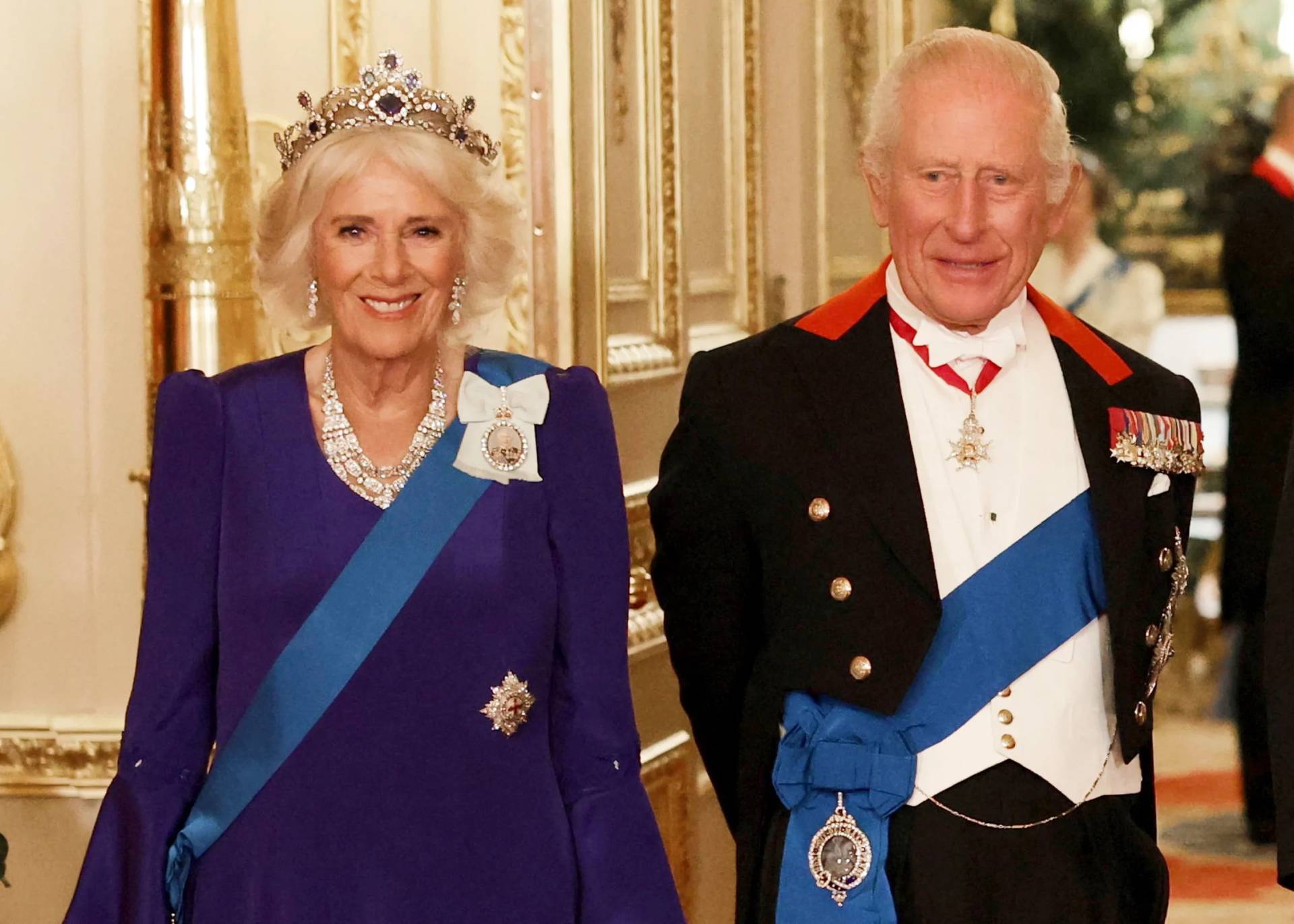On February 11, the Vatican and Italy mark the 90th anniversary of the Lateran Pacts establishing the Vatican City State. Signed in 1929, the treaties helped move the Vatican’s international position into the mainstream of the 20th century, especially in light of the continuing rise of the nation state after the First World War.
Nearly a century later, that diplomatic achievement is being threatened by fallout from the sexual abuse crisis. But first, a little history.
For the world, the Lateran Pacts ended what was known as the “Roman Question” – that is, what would become of the temporal territory ruled by the popes after the unification of Italy in the middle of the 19th century.
For the Vatican – or more properly, the “Holy See”, as it is known in international parlance – the treaty gave it the guarantee of independence it had lost with the city of Rome when the Italian army ended the last of the Papal States in 1870.
The Vatican had continued to exchange ambassadors with more than two dozen states even after the loss of its temporal territory. Yet as governments around the world became more secular, the idea of a “sovereign” entity not having a territory became less accepted in international law.
The Vatican City State created in 1929 gave the Holy See that territory, which allowed it to better resemble what a sovereign state looked like in the modern era.
(To understand the importance of this independence, you need look no further than Turkey. The caliphate, seen as the leading institution of the Sunni Muslim world, was abolished by government fiat in 1924, just five years before the Lateran agreement was signed.)
The Holy See now has relations with 183 different countries, and the Vatican ambassador – known as a papal nuncio – is even often the “dean” of a nation’s diplomatic corps.
The Vatican guards its sovereignty jealously, and bristles at any suggestion it is somehow a “lesser” entity in the international sphere.
Yet the Holy See is not the Vatican City State: The Holy See is the seat of the government of the Catholic Church. Its ambassadors not only deal with diplomacy in the countries to which they are assigned, but are also the conduit between the local bishops and the Vatican’s Curia.
So as the Vatican marks the 90th anniversary of its diplomatic presence, it’s a good moment to ask whether the current role of the papal nuncio works in the 21st century. The issue that highlights the problem is the clerical sexual abuse crisis.
As the ongoing saga of abuse and cover-up continues to grip countries around the world, civil authorities have tried to get Vatican diplomats to hand over files pertaining to sex abuse. Ambassadors have diplomatic immunity, and protocol usually means nuncios refuse to even acknowledge communications that don’t come through diplomatic channels.
Just this week, a lawyer in the UK asked that the prime minister expel Archbishop Edward Adams, the nuncio to Great Britain, for refusing to acknowledge repeated requests to hand over documents about mistreatment of children at Ealing Abbey and St Benedict’s school, which are being looked into by a government-sponsored Independent Inquiry into Child Sexual Abuse (IICSA).
“The penalty for failing to comply with a notice from the chair [of IICSA] is up to 51 weeks imprisonment,” said David Enright, a lawyer for UK victims of abuse. “The papal nuncio needs to know that he has only three options: Offer up the evidence, face criminal prosecutions or face expulsion from the UK.”
It’s hard to believe that such strong language would be aimed at the ambassador of Poland or Spain if they refused to hand over confidential files, which would obviously be in violation of diplomatic protocol. But similar conflicts have happened with nuncios in other countries, including the United States, Ireland, and Australia.
All this stems from the nuncio’s dual role as the pope’s representative to both the government of a nation, and its local Church.
As long as a nuncio continues to handle correspondence between bishops and the Vatican, the office will be targeted by lawsuits and subpoenas. If there is enough anger, lawyers such as Enright might grow in influence.
All this would be avoided if the nuncio carried out a purely diplomatic role, leaving the relationship between the local bishops and the Vatican Curia to other people. This could be an apostolic delegate not covered by diplomatic immunity – even the primate and/or metropolitan archbishops, which would help develop a more synodal method of governance.
It is not too far a leap to consider.
Although the Vatican has never tried to split this role at the nuncio level, it has in the past tried to halve the responsibilities of the papal representatives’ boss, the Vatican’s Secretariat of State.
In 1967, Paul VI set up the Council for the Public Affairs of the Church as a separate body from the powerful Secretariat of State, to better distinguish the two distinct roles of the office. But the change was mostly cosmetic, since the Secretary of State headed the new body; in any event, John Paul II reunited the two halves in 1988.
The idea of trimming the duties of the Secretariat of State were mooted during the early days of the pontificate of Pope Francis, but not only has the idea been shelved, the office has probably become more powerful than it has been in decades.
So there is an understanding that these two roles – relations with states and relations with the local Church – are not inherently connected.
This is important to contemplate as Vatican diplomats come under increasing pressure to answer criminal trials and civil lawsuits, and have their role giving instructions to bishops come under increasing scrutiny.

















